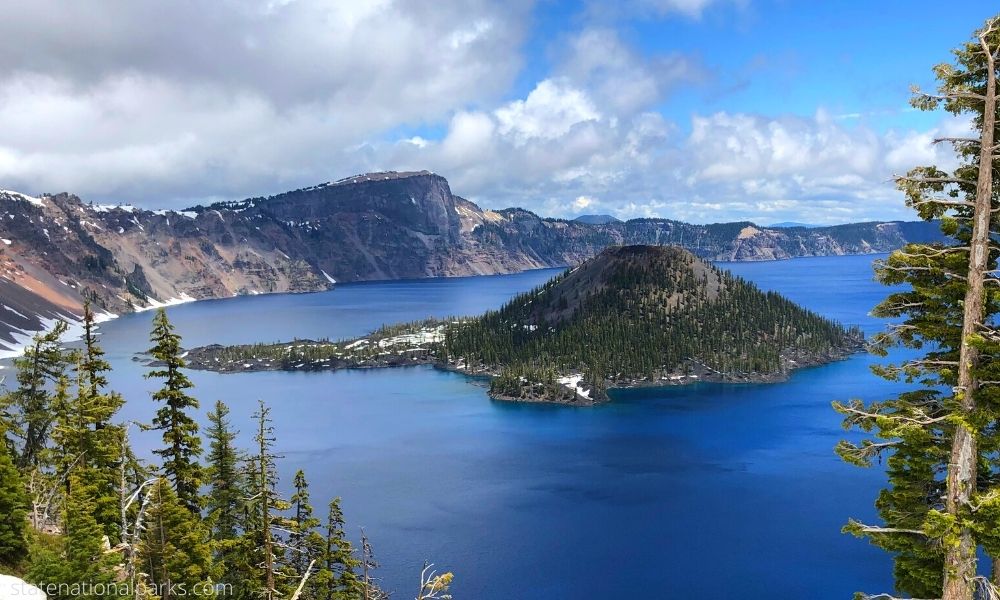The United States is home to some of the most stunning and diverse natural landscapes in the world, preserved and celebrated in its national parks. Whether you’re an avid hiker, wildlife enthusiast, or simply looking for a serene escape, there’s a national park that suits your interests. This comprehensive guide delves into the best U.S. national parks, highlighting what makes each one unique and why they deserve a spot on your travel bucket list.
1. Yellowstone National Park
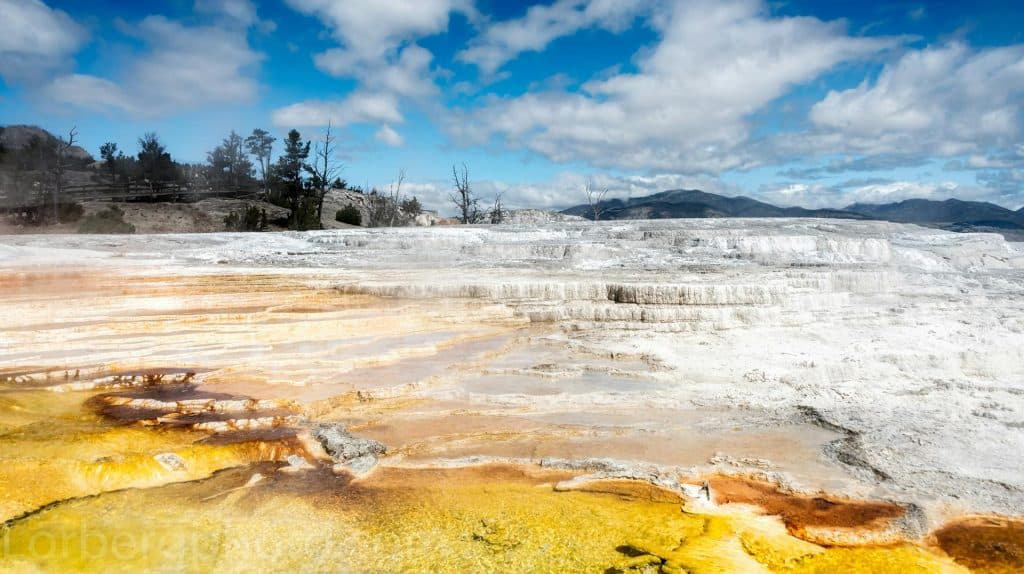
Location
Straddling the states of Wyoming, Montana, and Idaho, Yellowstone is the first national park in the world, established in 1872.
Highlights
- Geothermal Features: Home to over 10,000 geothermal features, including the famous Old Faithful geyser and the colorful Grand Prismatic Spring.
- Wildlife: Yellowstone offers a chance to see a diverse array of wildlife such as grizzly bears, wolves, bison, and elk in their natural habitat.
- Scenic Drives: The Grand Loop Road provides access to many of the park’s highlights, including Mammoth Hot Springs, Yellowstone Lake, and the Grand Canyon of the Yellowstone.
Activities
- Hiking: Trails range from easy walks like the boardwalks around the geysers to challenging backcountry hikes.
- Fishing: Yellowstone’s rivers and lakes are prime spots for fly fishing.
- Camping: Numerous campgrounds and backcountry sites are available for overnight stays.
2. Grand Canyon National Park
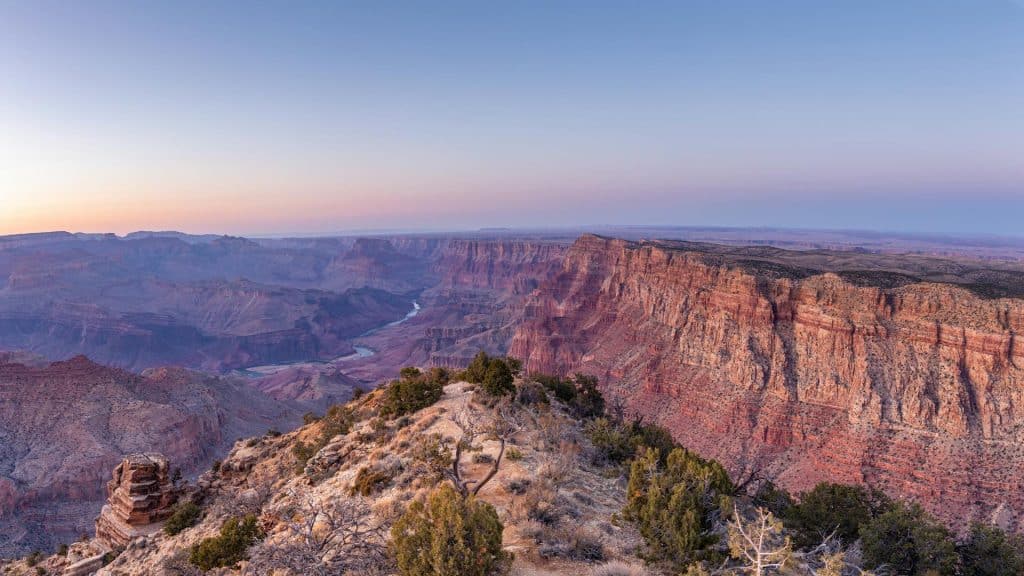
Location
Located in northern Arizona, the Grand Canyon is one of the most iconic and visited national parks in the U.S.
Highlights
- The Canyon: The Grand Canyon itself, a mile deep and up to 18 miles wide, offers breathtaking vistas and geological formations.
- South Rim: The most accessible and popular area, offering stunning views, visitor centers, and numerous trails.
- North Rim: Less crowded and more remote, the North Rim provides a different perspective of the canyon and a quieter experience.
Activities
- Hiking: The Bright Angel Trail and South Kaibab Trail are popular routes that take hikers into the canyon.
- River Rafting: The Colorado River offers thrilling white-water rafting adventures.
- Helicopter Tours: For a bird’s-eye view of the canyon, helicopter tours provide an unforgettable experience.
3. Yosemite National Park
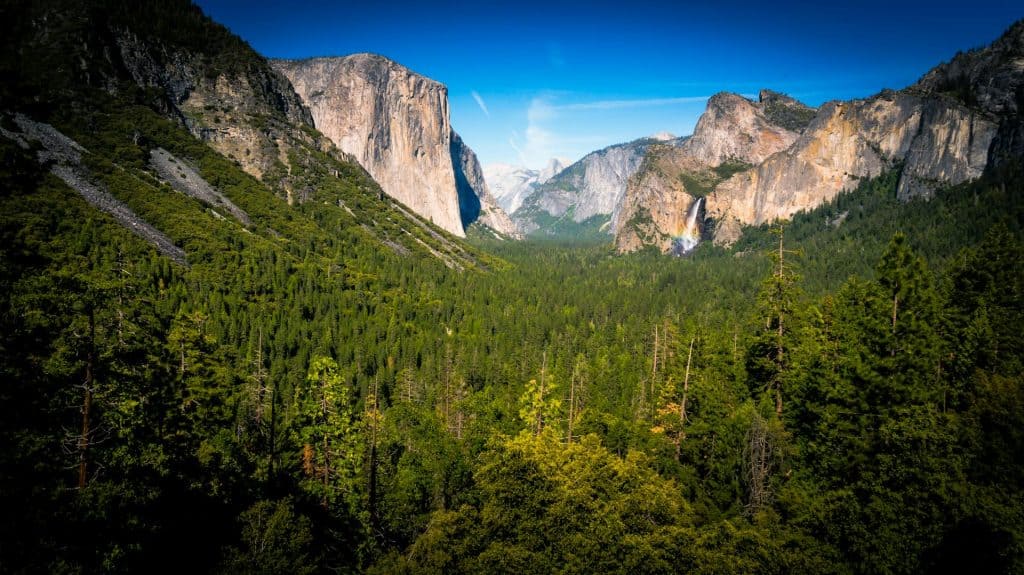
Location
Situated in California’s Sierra Nevada mountains, Yosemite is renowned for its majestic granite cliffs, waterfalls, and giant sequoias.
Highlights
- El Capitan and Half Dome: These iconic granite formations are must-see landmarks.
- Yosemite Valley: Home to famous waterfalls like Yosemite Falls and Bridalveil Fall.
- Mariposa Grove: A grove of ancient giant sequoias, including the famous Grizzly Giant tree.
Activities
- Rock Climbing: Yosemite is a world-class destination for rock climbers, especially on El Capitan and Half Dome.
- Hiking: Trails such as the Mist Trail to Vernal and Nevada Falls and the Panorama Trail offer stunning scenery.
- Photography: With its dramatic landscapes, Yosemite is a paradise for photographers.
4. Zion National Park
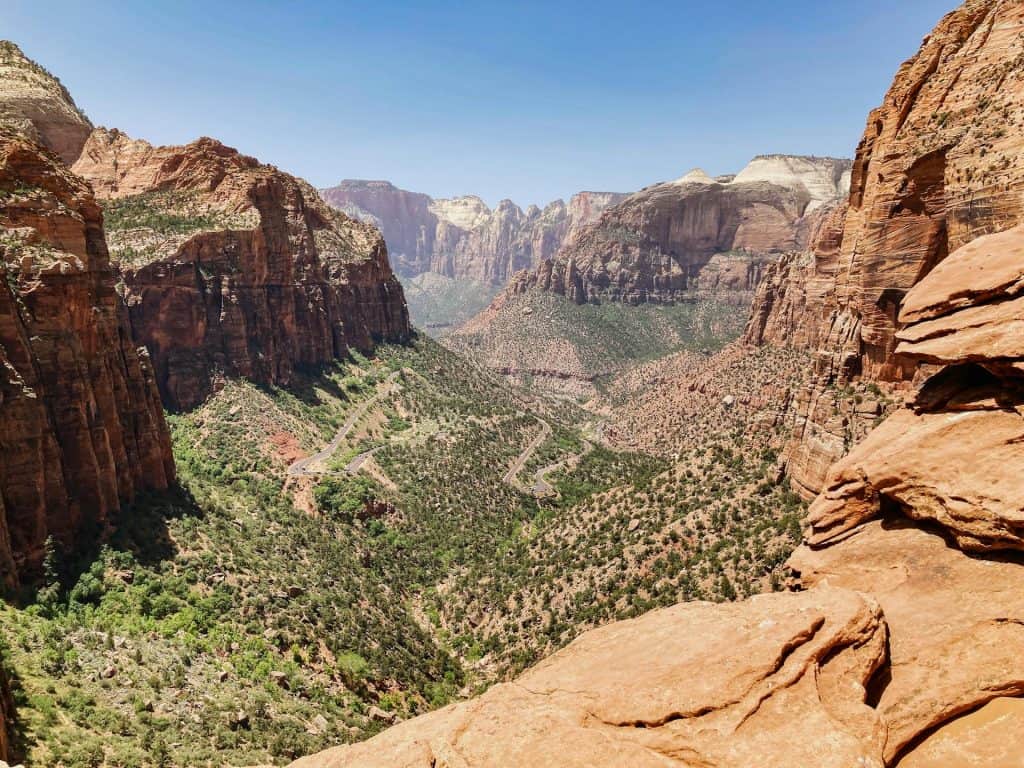
Location
Located in southwestern Utah, Zion National Park is known for its towering sandstone cliffs and narrow slot canyons.
Highlights
- The Narrows: A hike through the Virgin River in a slot canyon, considered one of the best hikes in the park.
- Angels Landing: A challenging hike with steep drop-offs and breathtaking views from the top.
- Kolob Canyons: A less-visited section of the park with stunning red rock formations.
Activities
- Canyoneering: Zion offers excellent opportunities for canyoneering, combining hiking, climbing, and rappelling.
- Wildlife Viewing: The park is home to mule deer, bighorn sheep, and numerous bird species.
- Camping: Several campgrounds are available, with sites ranging from basic to more developed.
5. Glacier National Park
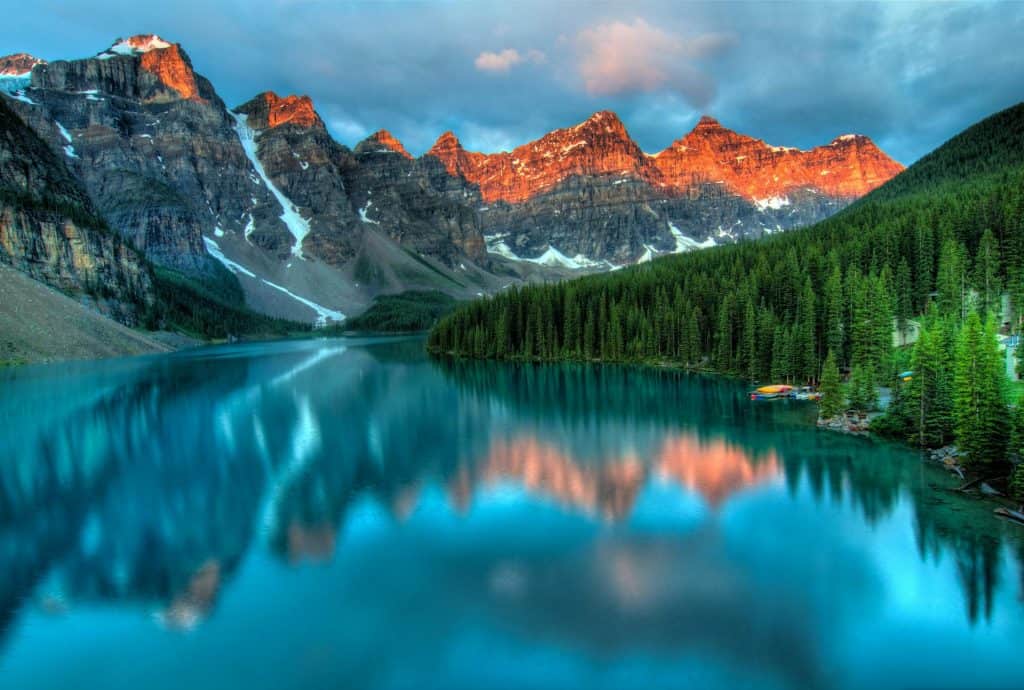
Location
Situated in Montana’s Rocky Mountains, Glacier National Park is known for its rugged peaks, alpine meadows, and glacial lakes.
Highlights
- Going-to-the-Sun Road: A scenic drive that offers stunning views and access to many of the park’s highlights.
- Lake McDonald: The largest lake in the park, known for its clear waters and beautiful surrounding scenery.
- Many Glacier Area: A prime spot for wildlife viewing and stunning mountain vistas.
Activities
- Hiking: With over 700 miles of trails, there are options for all levels, including the popular Highline Trail and Grinnell Glacier Trail.
- Boating: Lake McDonald and other park lakes are perfect for boating and kayaking.
- Wildlife Watching: The park is home to grizzly bears, mountain goats, moose, and more.
6. Great Smoky Mountains National Park
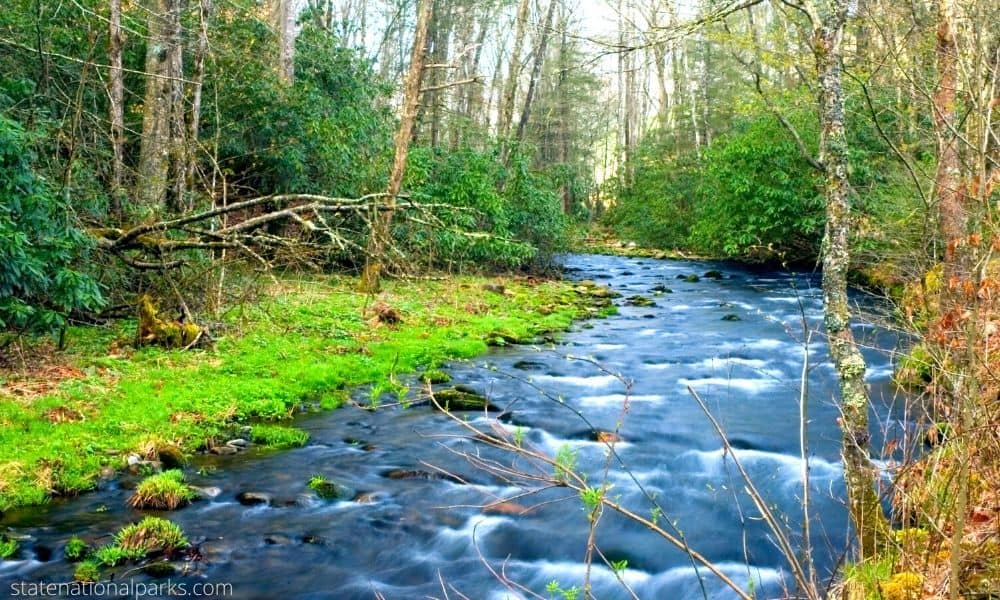
Location
Straddling the border between North Carolina and Tennessee, the Great Smoky Mountains National Park is renowned for its biodiversity and mist-covered mountains.
Highlights
- Cades Cove: A beautiful valley offering historical buildings and abundant wildlife viewing opportunities.
- Clingmans Dome: The highest point in the park, with a lookout tower providing panoramic views.
- Roaring Fork Motor Nature Trail: A scenic drive through lush forests and past historic homesteads.
Activities
- Hiking: The park boasts over 800 miles of trails, including sections of the Appalachian Trail.
- Wildlife Viewing: The park is home to black bears, white-tailed deer, and a variety of bird species.
- Fishing: Streams and rivers in the park offer excellent fishing opportunities.
7. Acadia National Park

Location
Located on the coast of Maine, Acadia National Park features a rugged shoreline, granite peaks, and scenic woodlands.
Highlights
- Cadillac Mountain: The highest point on the U.S. East Coast, offering stunning sunrise views.
- Park Loop Road: A scenic drive that highlights many of the park’s features, including Sand Beach and Thunder Hole.
- Bass Harbor Head Lighthouse: A picturesque lighthouse that is one of the park’s most photographed spots.
Activities
- Hiking: Trails like the Precipice Trail and Jordan Pond Path offer varied and scenic hiking experiences.
- Biking: The park’s carriage roads are perfect for cycling.
- Kayaking: The park’s coastal waters provide excellent opportunities for kayaking and canoeing.
8. Rocky Mountain National Park
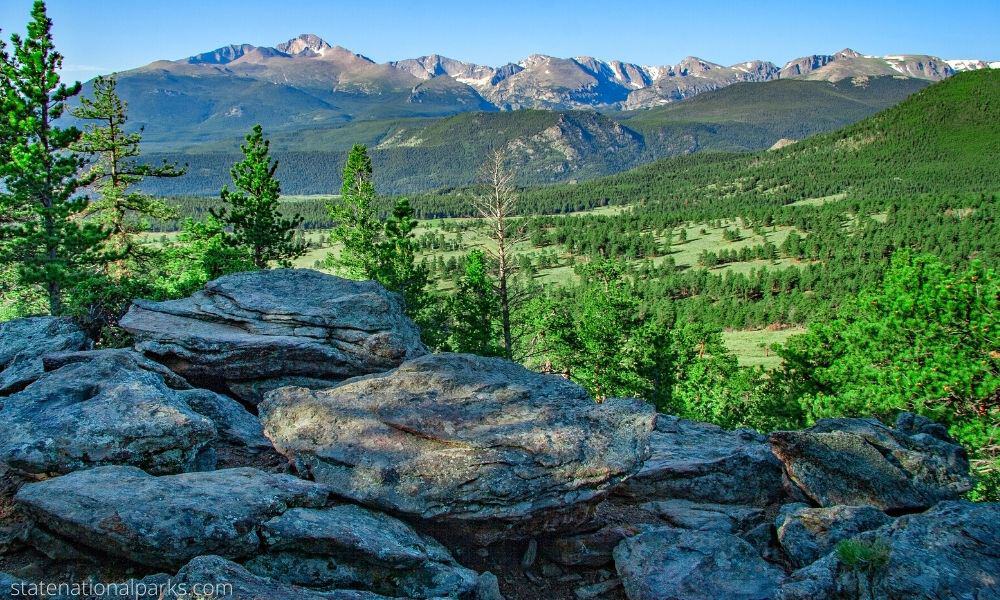
Location
Situated in northern Colorado, Rocky Mountain National Park is known for its high-altitude landscapes, alpine tundra, and abundant wildlife.
Highlights
- Trail Ridge Road: The highest continuous paved road in the U.S., offering stunning views and access to the alpine tundra.
- Bear Lake: A popular spot with easy access to several scenic trails.
- Longs Peak: The highest point in the park, challenging climbers and hikers.
Activities
- Hiking: With over 350 miles of trails, options range from easy nature walks to challenging summit climbs.
- Wildlife Watching: The park is home to elk, bighorn sheep, moose, and more.
- Scenic Drives: Trail Ridge Road and Old Fall River Road offer breathtaking views.
9. Grand Teton National Park
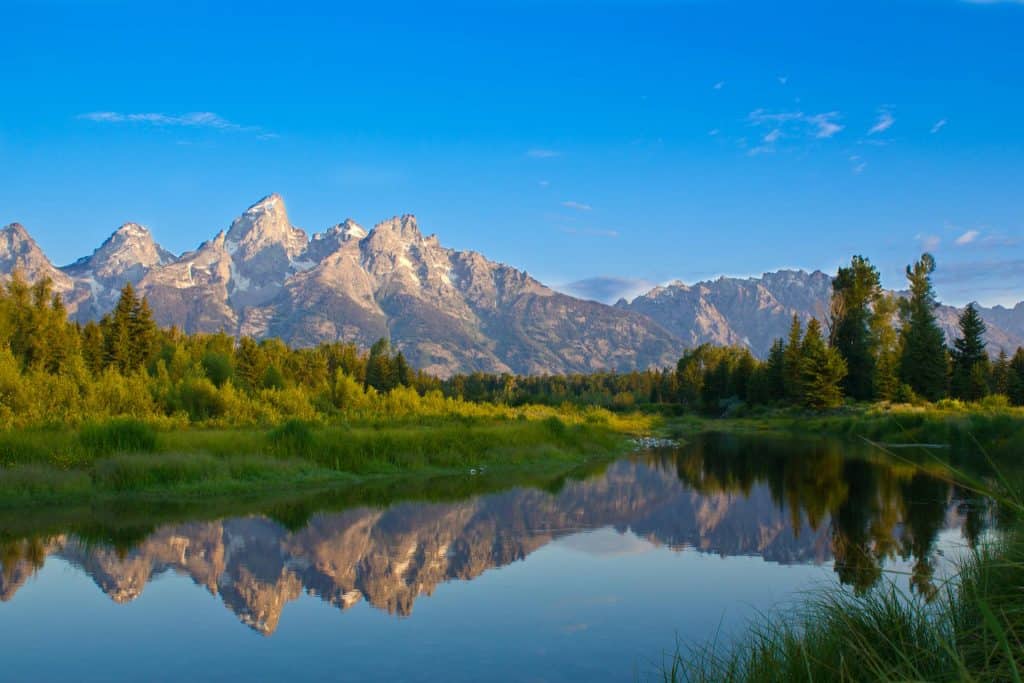
Location
Located in northwestern Wyoming, Grand Teton National Park is known for its stunning mountain range, pristine lakes, and rich wildlife.
Highlights
- Teton Range: The park’s signature mountain range offers dramatic scenery and excellent climbing opportunities.
- Jenny Lake: A beautiful glacial lake with hiking trails and boating opportunities.
- Snake River: Offering scenic floats and excellent fishing.
Activities
- Hiking: Trails range from easy walks around lakes to challenging climbs up the Teton Range.
- Wildlife Viewing: The park is home to grizzly bears, bison, elk, and many other species.
- Boating and Fishing: Jenny Lake and other bodies of water provide excellent boating and fishing opportunities.
10. Denali National Park and Preserve
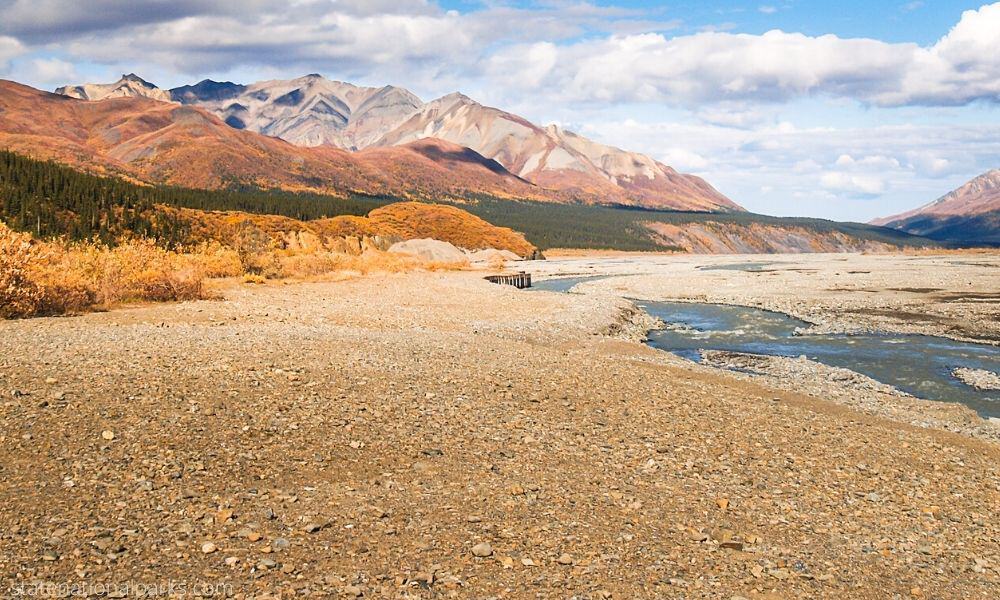
Location
Located in Alaska, Denali National Park and Preserve is home to North America’s highest peak, Denali (formerly known as Mount McKinley).
Highlights
- Denali: The park’s namesake peak, towering at 20,310 feet, is a sight to behold.
- Wildlife: The park is renowned for its wildlife, including grizzly bears, wolves, moose, and caribou.
- Teklanika River: A prime spot for camping and wildlife viewing.
Activities
- Hiking: The park offers a range of hiking opportunities, from easy trails to challenging backcountry routes.
- Bus Tours: Due to limited road access, bus tours are a great way to see the park’s highlights.
- Flightseeing: Aerial tours provide a unique perspective of the park’s vast wilderness and Denali.
11. Olympic National Park
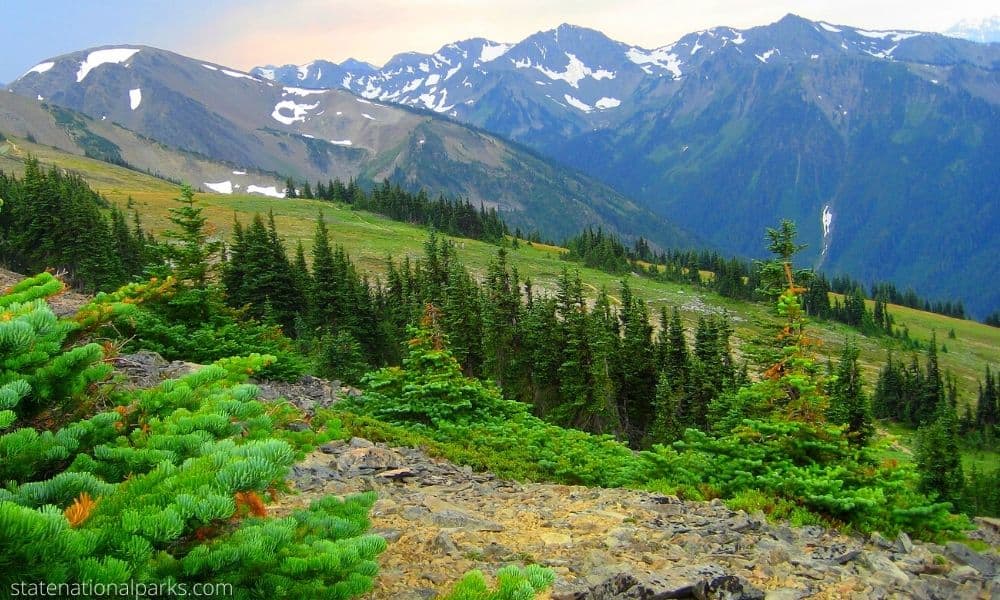
Location
Situated in Washington State, Olympic National Park features diverse ecosystems, from rugged coastlines to lush rainforests and alpine peaks.
Highlights
- Hoh Rain Forest: One of the few temperate rainforests in the U.S., with lush greenery and moss-draped trees.
- Hurricane Ridge: Offers stunning mountain views and hiking trails.
- Rialto Beach: A beautiful coastal area with tide pools and sea stacks.
Activities
- Hiking: Trails range from easy walks in the rainforest to challenging alpine hikes.
- Beachcombing: The park’s coastline is perfect for exploring tide pools and beachcombing.
- Camping: Numerous campgrounds offer a variety of camping experiences, from forested areas to beachfront sites.
12. Arches National Park

Location
Located in eastern Utah, Arches National Park is famous for its over 2,000 natural stone arches and unique rock formations.
Highlights
- Delicate Arch: The park’s most famous and photographed arch.
- Landscape Arch: One of the longest natural stone arches in the world.
- The Windows Section: Features a concentration of large arches and interesting rock formations.
Activities
- Hiking: Trails range from short, easy walks to longer, more strenuous hikes.
- Photography: The unique rock formations and arches provide endless photographic opportunities.
- Stargazing: The park’s remote location makes it ideal for stargazing.
13. Bryce Canyon National Park
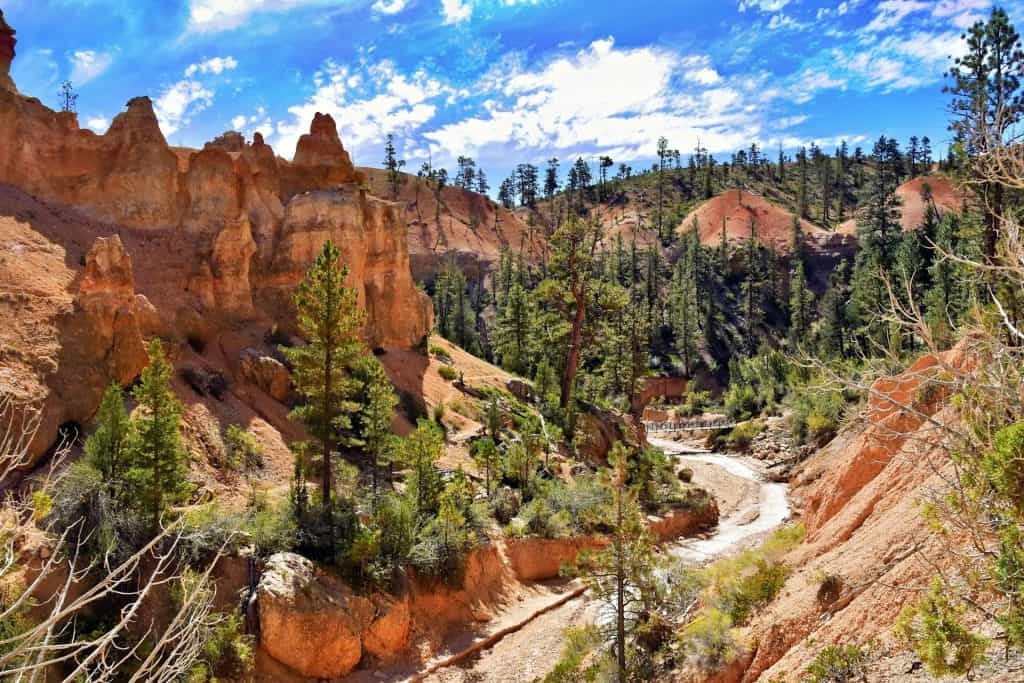
Location
Located in southern Utah, Bryce Canyon National Park is known for its unique hoodoos, which are tall, thin spires of rock.
Highlights
- Bryce Amphitheater: The park’s main area, filled with thousands of hoodoos.
- Sunrise and Sunset Points: Offer spectacular views of the amphitheater.
- Fairyland Loop: A trail that provides a close-up view of the hoodoos.
Activities
- Hiking: Trails range from easy rim walks to challenging hikes among the hoodoos.
- Horseback Riding: Guided horseback rides offer a different perspective of the park.
- Winter Sports: In the winter, the park offers opportunities for cross-country skiing and snowshoeing.
14. Everglades National Park
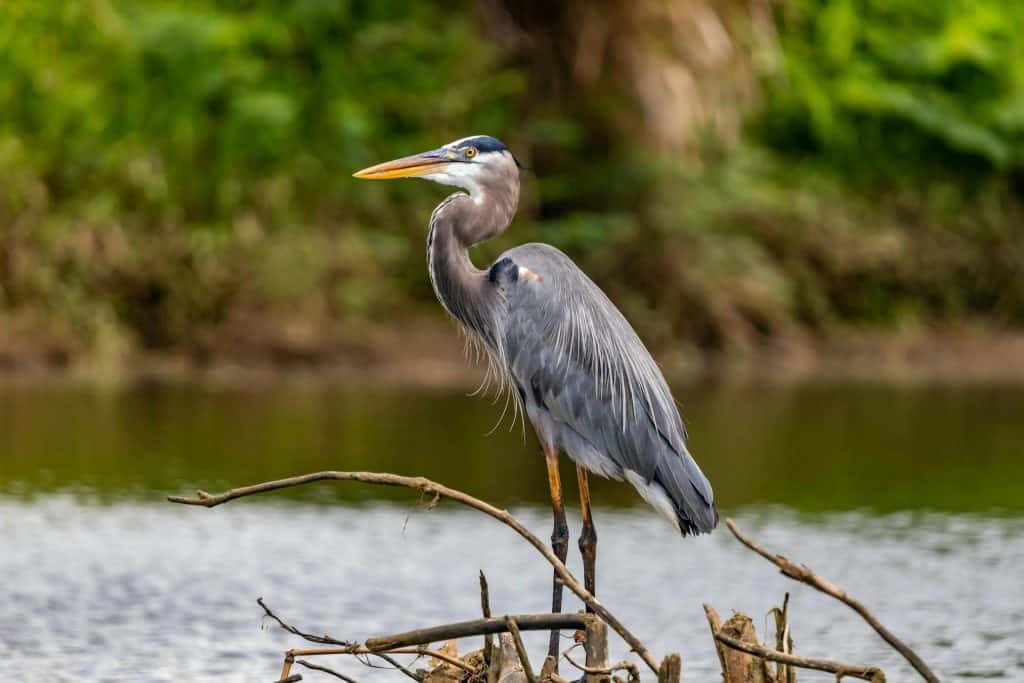
Location
Located in southern Florida, Everglades National Park is the largest subtropical wilderness in the U.S.
Highlights
- Anhinga Trail: A boardwalk trail that offers excellent wildlife viewing opportunities, including alligators and wading birds.
- Shark Valley: Offers a 15-mile loop road with tram tours and biking options.
- Flamingo: A remote area of the park known for its birdwatching and boating opportunities.
Activities
- Wildlife Viewing: The park is home to a variety of wildlife, including alligators, manatees, and numerous bird species.
- Boating: Canoeing and kayaking through the park’s waterways provide a unique perspective of the Everglades.
- Fishing: The park offers excellent fishing opportunities, both freshwater and saltwater.
The U.S. national parks offer an incredible array of natural beauty and outdoor activities, each with its own unique charm and attractions. Whether you’re exploring the geothermal wonders of Yellowstone, the majestic peaks of the Grand Tetons, or the serene waters of Acadia, these parks provide unforgettable experiences. So pack your bags, lace up your hiking boots, and get ready to discover the best of America’s natural wonders.
